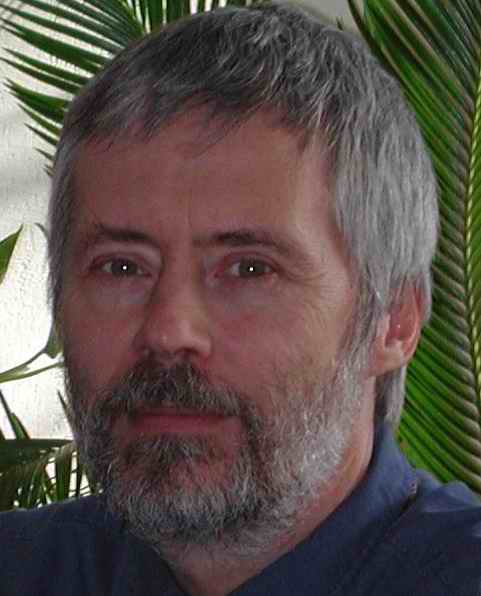Heritage
Sage is an outgrowth of earlier MS-DOS software (GLIMPS & GLOP) for modeling and optimizing stirling-cycle machines of a specific physical arrangement. Sage was designed to be more versatile in what it could model and run under a graphical user interface. The first version of Sage came out in 1995. David Gedeon (pictured at right) is the sole author and developer of GLIMPS, GLOP and now Sage.
In the broadest sense Sage implements a general framework designed for modeling and optimizing anything whose component elements can be formulated mathematically according to physical principles.
Sage is not an acronym so it is spelled in upper and lower case letters.
Commercial Model Classes
Sage models are built from component parts (pre-programmed software objects) corresponding to physical components in the real world. A set of model components used for assembling complete models of a certain type are known as model classes. The first model class developed for Sage was for stirling-cycle engines and coolers. Later came model classes for pulse-tube coolers and low-temperature coolers including Gifford-MacMahon and Joule-Thomson coolers. All of the above are sold commercially.
Evolving Model Classes
A number of other model classes have been partially developed over the years. Including classes for modeling simple beams, thin shells, and even money flows in economic systems. None of these is offered for commercial sale and none are fully developed. But the beam model class is available on special request, with suitable disclaimers. It is very useful for figuring out stresses and deflections for a surprising large number of simple structures.

